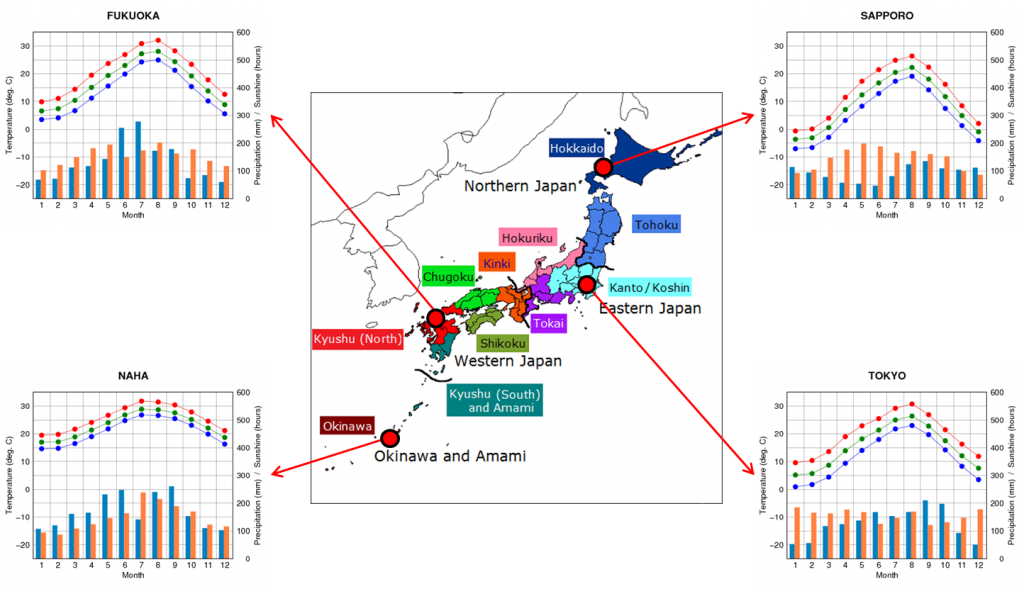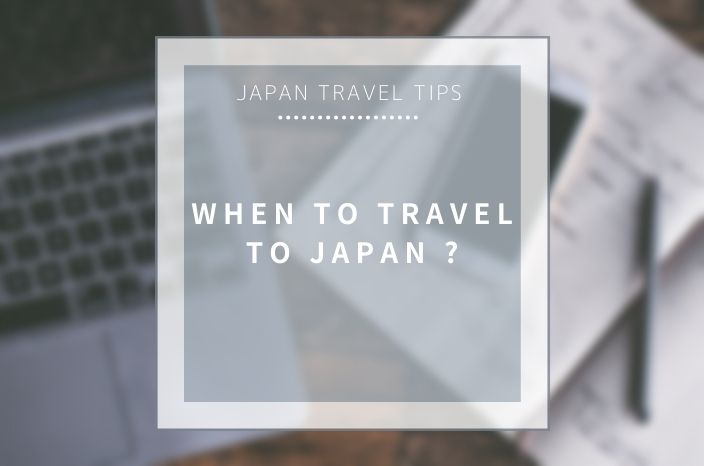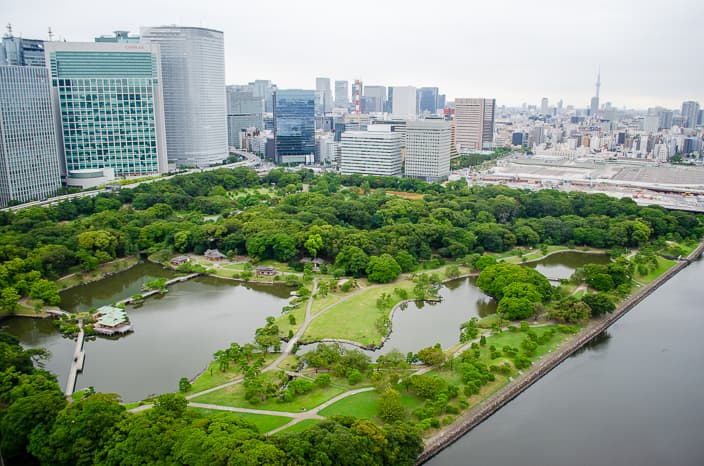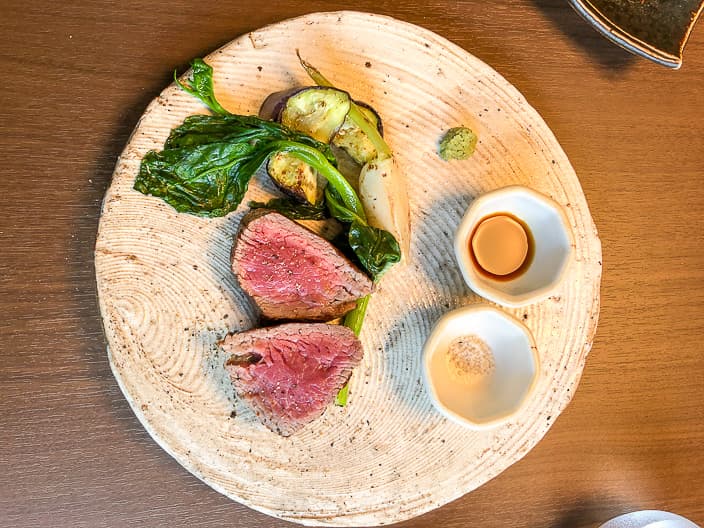Many people wonder “when is the best time, to travel to Japan?”.
While Spring and Autumn are the two most famous seasons and often recommended, they are also the busiest… So, in this article, I would like to give you a glimpse of what to expect in each season, so you can then decide, what works best for you.
Peak Seasons
First, it’s important to realize that Japan combines international appeal and a very strong domestic travel. So during Peak Dates, accommodation is most-expensive and often booked-out long in advance (especially at Ryokan). In addition, sightseeing spots can be very busy, with traffic jams and long lines at restaurants. So if you plan to travel during peak time, you should be aware of it and plan well ahead.
Cherry Blossom season: from End of March to Mid-April
Golden Week: A combination of public holidays, when many families take time off. It’s usually from end of April to early May.
Obon Holidays: Another combination of public holidays, when families take their summer holidays (all at the same time!). Usually around Mid-August (10-20).6
Autumn leaves: from Mid- to End-November but peak season already starts early/mid-October.
New Year Holidays: Very important time for Japanese people and many will travel. At the same time, many sightseeing spots, experience venues as well as high-end restaurants are closed for several days over the New Year, so we strongly recommend avoiding it from December 24 until January 3-4.
Seasonal Temperatures and Weather
Like many Western countries, Japan actually experiences four distinct seasons, pretty much around the same dates as Europe and the USA.
Winter (from November to March)
Temperatures are cold (0-10 degrees C / 30-50 degrees F) with an alternation of clear blue skies, clouds or rain and occasional snow falls – which may occasionally disrupt train travels, once or twice every winter.
We recommend packing warm coat, gloves and scarf, long underwear for those sensitive to cold. Thick socks will also come handy when visiting places where shoes must be removed (temples, etc.)
Crowds: Winter is usually considered low-season (except Christmas & New Year, which is very busy in terms of domestic travel, so best to avoid!). You will get the best hotel rates and enjoy the sights almost to yourself.
Spring (April to June)
Temperatures are moderate (15-25 degrees C / 60-80 degrees F) and the weather alternates between cool/warmer, clear/rainy days in the same week, so it can be a hit-or-miss!
The Cherry Blossom season varies slightly every year, but usually starts around end March / early April and blooming only lasts for 7-10 days. So again, it’s up to your luck, if you can enjoy these delicate petals…
Recommended clothing includes light jackets and light sweaters, for those days when it feels like winter again.
Be warned, though, that March 25 to April 15 is very busy with international and domestic travelers, so hotel rates are at peak and sightseeing spots can get very crowded.
Summer (July to September)
It is generally hot (30-35 degrees C / 85-95 degrees F) with humidity as high as 85%. If you are not used to heat & humidity, it can be a bit harsh… Tropical rains occur around end of June or early July, while typhoons are unpredictable and may happen anytime from July to October and vary in intensity (in 2020, it was a mild typhoon season, while 2019 was very strong and devastating in some parts of the country).
To avoid the heat, pack light clothes but remember indoors are almost always air-conditioned and can be quite cool.
Except for Obon holidays around August 10-20, which is packed with domestic travel & families, Summer is moderately busy. June & September are the best months to travel in this season as temperatures are fair and it is a quiet time.
Autumn (October-November)
Temperatures gradually drop (25-15 degrees C / 80-60 degrees F) with lower humidity in October. Rains can occur like any other month in the year and tree leaves turn to autumn colors from early November with a peak around mid-late November.
Autumn is a busy season, especially once the Autumn colors starts, as Japanese people love to travel see them in different parts of the country. Hotel rates are in peak and it can be quite crowded on the famous viewing spots.
It is recommended to pack a light jacket and sweaters, as it can be quite chilly in the evenings or when the wind blows. Do not forget an umbrella!

We hope that this article helps you in planning the best dates for your (or your clients’) trip to Japan!



